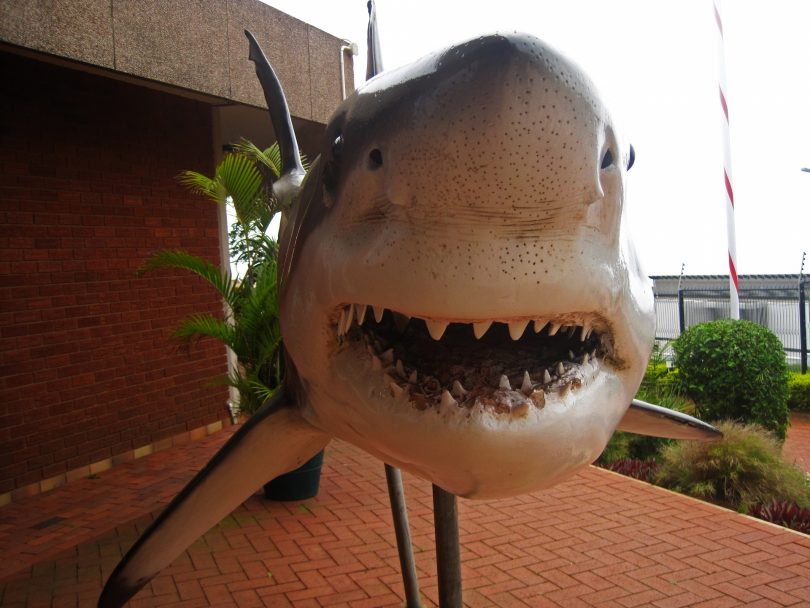As we get closer to summer you might see news stories about shark attacks. This happens every year, terrible headlines accompanied by terrifying photos. You may even read headlines saying shark attacks are on the rise, and they are, but it’s important to keep a few things in mind when thinking about all this.
Firstly, despite our reputation for having a lot of killer creatures, deaths caused by animals in Australia are actually very low and the animals topping the list are surprising. For instance, data on the causes of death from 2008 to 2017 shows you’re more likely to be killed by a horse or cow than a shark.
Secondly, the number of shark attacks has risen over time, but the number of deaths caused by sharks has barely budged.
This graph looks scary, but if the annual death toll of sharks is averaged over a decade span – something shark researchers do to balance the random number of deaths from year to year – the average of annual fatalities caused by sharks has risen from one, to two.
Thirdly, rising attacks has less to do with sharks and far more to do with us. John West, head researcher at the Taronga Zoo’s Australian Shark Attack File, has written about this in his report Changing Patterns of Shark Attacks in Australia, in which he highlights our population and its activities as key to understanding shark attacks.
For instance, the population of Australia has changed dramatically over time. So with more people living in Australia, it would make sense the likelihood of attacks would rise also. Since 1981, our population has grown by 69%. And on top of that, “since 1991, population growth has been fastest near the coast”, as the government’s 2016 coast report highlights.
But the past three decades has seen an increase in attacks rising faster than expected, even taking population growth into account. To understand this, we need to look at the way Australia’s culture has changed. And strangely enough, that’s reflected in shark attack data.
With the majority of population growth happening along our coastlines, our cultural activities involving the ocean has grown too. If you look at how many surfers have bumped into sharks over the recent decades, our growing interest in water sports can be seen more clearly.
To sum it up, there are now more people spending more time in water than ever before. As George Burgess, head researcher for the International Shark Attack File, has said, “a shark attack is a human phenomenon”.

